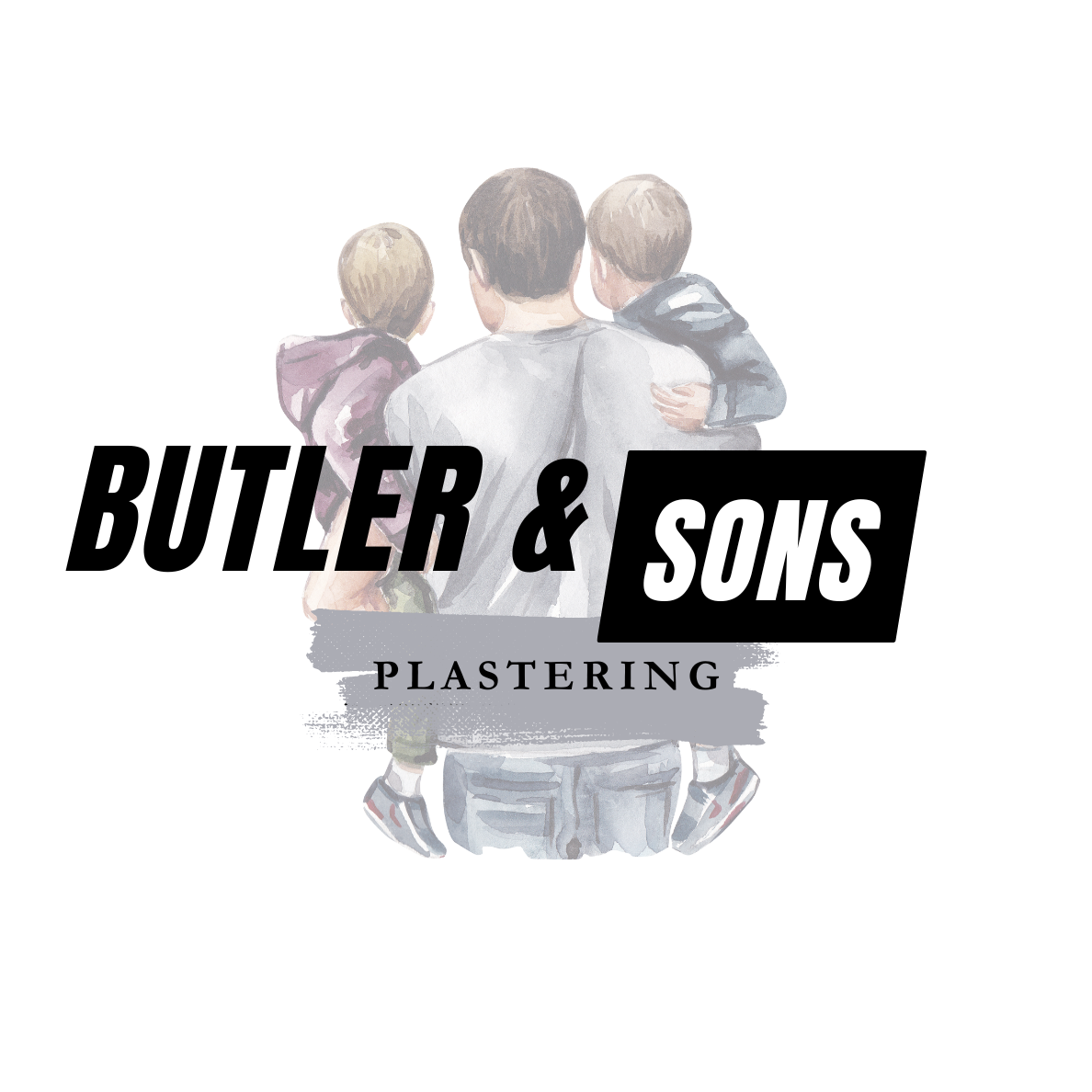Venetian Plaster: Everything-You-Need-to-Consider
Living with lime-plastered walls is akin to being surrounded by a canvas painted by Mark Rothko—a sentiment that resonates with aficionados of Venetian plaster. This ancient finishing technique experienced a revival during the "Tuscan" decor trend of the 1990s, albeit with mixed reactions.
However, prematurely dismissing it would be unwise. In recent years, Venetian plaster has regained popularity in stylish residences, influenced by prominent designers such as Axel Vervoordt and Vincent Van Duysen.
Venetian plaster, essentially a form of lime plaster, is crafted from fired limestone combined with water, forming a putty-like substance. When applied to walls and exposed to carbon dioxide in the air, this lime plaster undergoes a remarkable transformation, reverting back to limestone. This cyclical process—from limestone to lime plaster and back to limestone—is truly enchanting and reflects its enduring nature. Remarkably, this material traces its roots to ancient civilizations like Greece and Egypt, standing the test of time both in terms of physical durability and aesthetic appeal.
What sets Venetian plaster or lime plaster apart from other varieties is the absence of aggregates in its composition. Unlike Tadelakt or Marmorino, which incorporate materials such as marble, granite, or glass, Venetian plaster maintains a smooth consistency without added textures. While visually similar, these aggregates lend a thickness and subtle underlying texture to alternatives like Tadelakt and Marmorino.
What are the advantages and drawbacks that homeowners should consider before opting for Venetian plaster?
The newer Venetian plaster products boast exceptional durability and require minimal maintenance. Previously, addressing a single scuff or imperfection on a wall often necessitated re-plastering the entire surface, but advancements have changed that. Nowadays, there's a range of lime plasters that allow for easy patch repairs, seamlessly blending with the existing wall. Additionally, minor scuffs can typically be remedied with a damp cloth and gentle detergent, or by lightly sanding the surface with fine-grade sandpaper or steel wool. Contrary to common belief, Venetian plaster requires less upkeep and offers a level of flexibility akin to paint, both in application and maintenance.
Conversely, plasters containing aggregates demand more attention in terms of maintenance. Rectifying imperfections without leaving visible marks can prove challenging, often necessitating the re-plastering of the entire wall to achieve flawless concealment. Moreover, applying these plasters requires completing the entire wall in one continuous process, limiting the flexibility compared to smoother options.
Lime plaster boasts a non-toxic composition and emits no VOCs (volatile organic compounds). From a hygiene perspective, it offers breathability, enabling moisture to dissipate from the substrate, and possesses inherent resistance to mold and mildew. However, its primary downside is its higher cost compared to paint. Depending on the specific product selected, plaster application typically ranges between $8 and $15 per square foot.
Here at Butler and Sons Plastering if you do want go Venetian we’d love to help you with finding your perfect design for your home or business space. Simply fill in our contact form on our homepage or reach us on one of our social platforms and we’ll be in touch.

